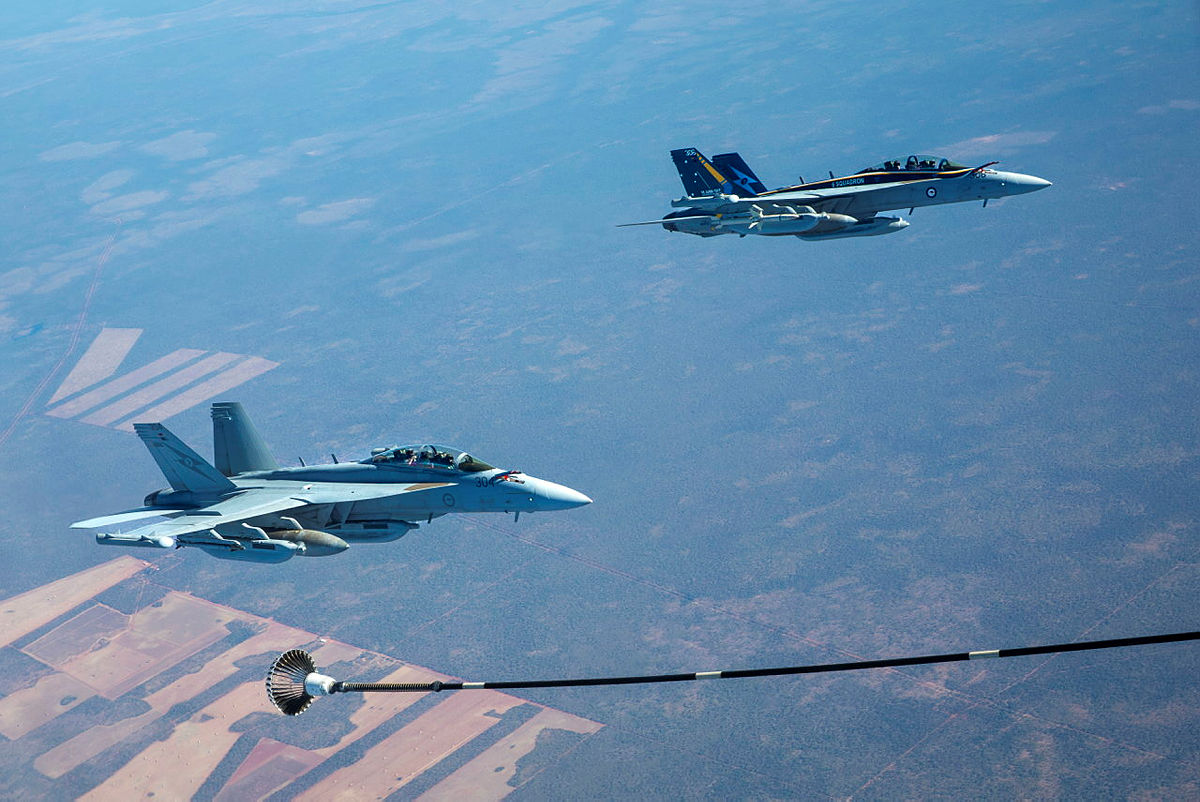
Millions or even billions of separate interactions, decisions, and transactions occur daily across our nation. If we could ever get above all that dynamism, we’d no doubt marvel at the sheer complexity of modern Australia. And yet, primarily, the whole lot is self-organising.
No one is co-ordinating it from on-high. Certainly not in the way of the 1950s central planning model loved by the Soviet states, at least. Instead, this system of systems is guided by the values of our society and underpinned by our system of government and commerce. It is simply the ‘animal spirits’ of the West at work!
Implementing this year’s defence strategic review (DSR) will rely to some extent on these self-organising ‘animal spirits’.
Some time after that review, there are new implementation questions regarding how much the review takes those extensive systems that underpin our way of life for granted.
And as Defence seeks to change, will these other systems ‘self-organise’ around the new way of doing business? Or will someone, somewhere, need to give those changes a deliberate nudge or push? And if change must occur outside Defence as it indeed must, then how and what signals must be sent to incentivise the needed investments?
Extensive media coverage and the wave of opinion pieces on the DSR started that process. There is also enough redundancy and horsepower in metro Australia to ensure that it does. While Defence is obviously a huge player in defence industry, it is a relatively minor player overall and its impact is not uniform throughout Australia.
A deliberate nudge will be required in the north simply because Defence is a much more significant player for most of those communities and economies, and its demands prove material to their way of life.
We have previously written about the need to shape the world outside the barbed wire of our bases in the north, and to align the activities of Defence with the broader society and economy around its key strategic needs. That means adopting the view that the capability and capacity of the region as an ecosystem and not a collection of external silos.
There’s also a strong argument that an aligned ecosystem is a ‘force multiplier’ if and when tensions rise and tempo increases. But conversely, a siloed approach where decision-making and investment are less connected or aligned is a possible handbrake limiting Defence responses, including its force projection.
Both options are in play today, and which one holds depends on the work to come.
Shaping is the keyword here. Every day, senior state and territory public servants in the north make crucial decisions around physical and social infrastructure—from roads and bridges to health, housing, and natural disaster resilience to workforce development.
But it needs to be clarified whether the needs of Defence, especially those particular to periods of rising tension and increased tempo, factor high in those deliberations, if at all.
The same questioning surrounds the decisions of business owners and regional managers. Daily, they invest in new capability and capacity, adding depth to supply chains and building skills within workforces. Again, it’s doubtful that the defence of Australia is one of their investment parameters.
Economists would call this information asymmetry. Those decision-makers need to be more ‘in the loop’ on what might be required to operate forward bases in the north during tension successfully. They are prevented from contributing to Australia’s Defence capability and capacity without that information.
Somehow and quickly, given the urgency articulated in the DSR, we need to get better at linking everyone to be more organised and to avoid simply using a model that assumes activities will self-organise.
Of course, there are mechanisms in place today for consultation. But does anyone think those fit the bill in 2024?
Change must start with first ministers, key ministers and mayors. They chair or sit in the Cabinet rooms and council meetings where significant decisions in their regions are made. They need to know what Defence needs to do its job, and they are crucial partners going forward.
That’s especially so when decisions on billions of dollars of new investment in physical and social infrastructure are being made by their organisations year in and year out.
Another opportunity is to create a formal ministerial dialogue between defence ministers and their state and local counterparts. As DSR fades from view, so will the energy behind it. These dialogues offer the opportunity to keep focus and energy around the challenges.
Similarly, no combined Defence/state/local government ‘exercise’ tests the serviceability, availability, and constraints within local physical and social infrastructure. Our natural disaster agencies ‘exercise’ for those reasons each year. It’s an option worth exploring.
In the business space, we’ve seen a lot more work recently around supply chains and engagement with business leaders and local businesses. We can still aim higher by considering the signals sent to the market.
So much of the DSR was rightly about platforms and doctrine but there needs to be more about the mindset and systems needed to align in northern Australia successfully.
If, or when action is required, Australia will be ‘more impactful’ if that alignment has already been curated and locked in.

